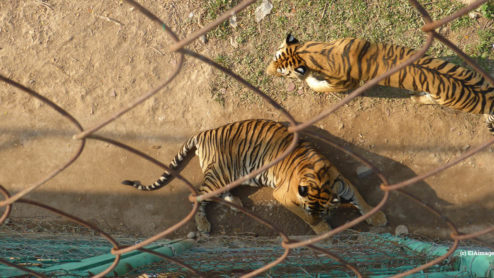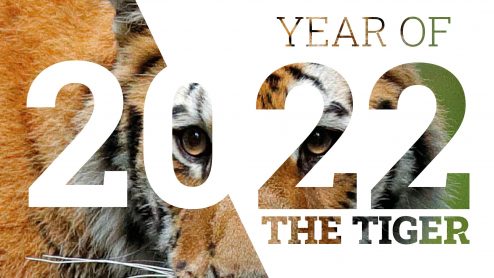Groundbreaking stripe-pattern database to boost enforcement in fight against illegal tiger trade
EIA is delighted and grateful to be one of the first beneficiaries of a grant from the Alan Turing Institute to help us create a new tool to aid efforts combatting illegal trade in tigers and their parts and products.
The awards to EIA and nine other organisations were formally announced by the Institute on Wednesday.
Our Tiger Campaign’s project aims to develop a tiger stripe detection AI tool to help identify individual tiger stripe pattern profiles.
Tiger stripe patterns are as unique as human fingerprints and we plan to create a database comprising thousands of images of individual tiger stripe patterns, sourced by EIA staff and other organisations, which will allow the identification of tigers and skins seized in illegal trade.
EIA Tiger and Wildlife Crime Campaign Leader Debbie Banks said: “By helping investigators and enforcement authorities to expose the origin of many of the tigers and their product ending up in the black market, this will help counter trade in tigers and tiger skins and will inform enforcement efforts around the world.

Alan Turing
“We’re hugely grateful to the Alan Turing Institute for its invaluable support of this initiative, which we expect to be a major benefit to the world’s remaining wild tiger populations.”
Turing Institute External Relations Officer Joanna Dungate said: “Based across the UK, the organisations are all focused on solving a broad range of critical environmental and sustainability problems. These local, regional and global challenges range from detecting individual tiger stripe patterns to help counter trade in tigers and tiger skins, to identifying sources of river pollution and modelling litter patterns in public spaces.
“The programme will place PhD data science researchers within these organisations to work on their data challenges. The interns will use their research and technical skills to find new ways to approach their challenges, whilst also gaining extensive expertise in the topics.”




